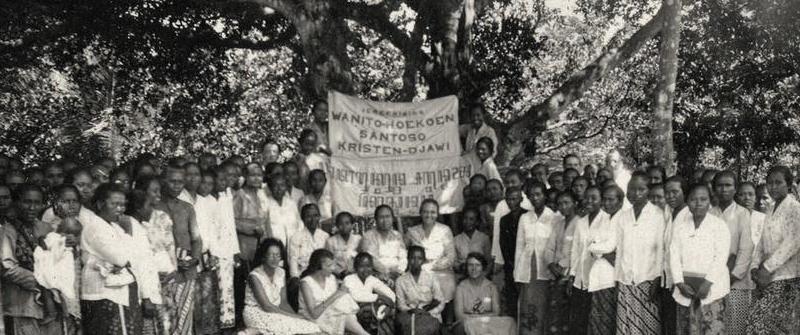
20 Apr Female religious leadership and social mobility in Southeast Asia, 1920s-1960s
Article in the IIAS Newsletter by David Kloos (KITLV), Iris Busschers (University of Groningen) and Kirsten Kamphuis (Münster University): ‘Teachers, missionaries, and activists. Female religious leadership and social mobility in Southeast Asia, 1920s-1960s’.
What roles did Malay and Indonesian women play in early twentieth century religious reform? Both Muslims and Christians felt confronted in this period by a need to adapt their practices and institutions to modern times. Increasing women’s participation in religious education, ritual, and proselytization was a key aspect of this urge for renewal. Yet, very little has been written about women in positions of religious authority and historical research about women and women’s movements has a decidedly secular imprint. At the same time, the study of religion is deeply biased toward men. In both perspectives, female religious authority is a neglected theme. How did women, whose experiences were shaped largely by and through religious engagement, navigate a changing world and their own place therein? Three brief portraits provide a glimpse. They suggest that the agency of these women was more significant than commonly assumed, and also, albeit often confined to local spheres, both reflective of and conducive to new paths for social mobility.
Image: Wanita Rukun Santoso – picture probably taken at an annual conference of WRS at Swaru. NL-UtHUA 1567 file 320 photo album De Vries and De Vries-Kruyt (ca. 1934).




No Comments